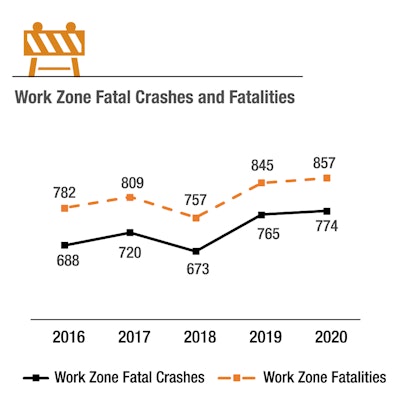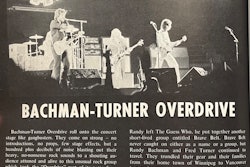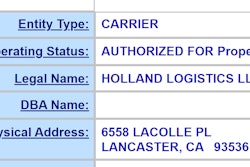Today marks the beginning of National Work Zone Safety Awareness week. With recent events on I-695 in Maryland, which resulted in six highway workers dead after a passenger vehicle plowed through a construction zone, it feels worthwhile to remind ourselves of the dangers of becoming complacent in our efforts to make sure we all get home in one piece.
Complacency can affect anyone in any workplace, to varying degrees. Often it’s bred out of a sense of security that masks a deficiency of awareness in your own vulnerability to the adverse outcome. This false sense of security can allow you to let your guard down, lose focus and miss or even dismiss the potential hazards that place you and all in your surroundings at risk.
 Fatalities and crashes both have been on the rise in recent years, even including 2020 and that year's greatly reduced traffic for a substantial part of the year.National Work Zone Safety Information Clearinghouse
Fatalities and crashes both have been on the rise in recent years, even including 2020 and that year's greatly reduced traffic for a substantial part of the year.National Work Zone Safety Information Clearinghouse
If we’re honest with ourselves, we’re all guilty of it. While safe, engaged drivers stay firmly in the moment, it’s very hard to stay focused on the task at hand. Complacent drivers fall into “autopilot,” so to speak. Like I said, we have all done it, hour after hour, mile upon mile. Our thoughts wander, like a movie playing in our mind, and we forget the last mile marker we saw.

Worry over bills about to come due, missing Bobby’s ballgame, maybe the wife called because the water heater went out. Whatever it is, and whatever your age or experience, if it takes focus away from the road, it multiplies the risk of a crash or injury.
No one knows you better than you, but be mindful of that daily routine and extended time on task, getting too comfortable behind the wheel, can lead you to fail to see the potential dangers ahead. To stay safe and remain vigilant, you must be able to recognize some of the signs of complacency. Job dissatisfaction, or lack of motivation, might cause you to miss potential hazards or forget steps normally taken to reduce risk. Near misses, frequent slip-ups, changes in attitude, failure to keep appointments on-time, decreased communication: All could be warning signs that your focus is waning.
Don’t expect too much of your fellow highway workers, either. Never forget: construction pros are humans, too, and can just as easily become complacent and overlook the dangers in their surroundings. That’s even with the fact that, for them, stepping from the work zone even slightly can be catastrophic as vehicles pass.
One of the major missteps I have seen recently is careless disregard for posted speed limits in construction zones, specifically with known companies who govern their drivers’ speed. More often than not, it feels like, these drivers fail to slow down for construction zones, as if they can make up time by not complying with the posted speed (another oft-cited argument against speed limiters). The faster you’re traveling, the greater the risk for calamity should a highway crewmember fall complacent themselves and step out of the zone. Speed also makes it harder to maintain the lane. Far too often, I’ve had to get on my horn because a passing truck crosses the centerline and almost clips my hood as they fly by, ignoring the posted speed.
[Related: If we’re going to limit the ability of vehicles to speed, start with the real problem: Cars]
At the same time, falling well below the posted speed limit creates hazards, too, in backups and stopped traffic, whether you’re being overly cautious or through complacency, losing focus. Spotting these things in yourself and others can help you avoid it and stay on task.
Practicing mindfulness, which I’ve written about before, can help. Set yourself up for success with vigilance, consciously staying focused on the task at hand. Recognize and dismiss distractions and examine routines with an eye for ways to improve your approach to the work. You might even change up the routine time to time. Shifting from days to nights, even for a short time, might help you avoid autopilot mode.
Another simple but effective change in routine I learned when participating in the Missouri truck rodeo. Pretrip inspections are critical, but all too often they become too routine -- we fly through them because we are monitoring our time clocks. Slowing down, touching or even speaking aloud what you are inspecting, can alter routine just enough to help you spot something you may have missed.
No matter how you achieve it, remaining vigilant is paramount. Never forget that safety is the priority. Being a few minutes late because of construction or traffic is something even the best-laid plan by the best operator out there can’t always avoid. It’s better to be a little late than sacrificing a life in the name of time.
If you have an accident in a construction zone or in backed-up traffic, the first assumption responding officers make is that you’re noncompliant. Attorneys are sure to request your data, including phone records, looking for any reason to blame you for the accident. Protect yourself: avoid complacency, and stay safety-vigilant.











